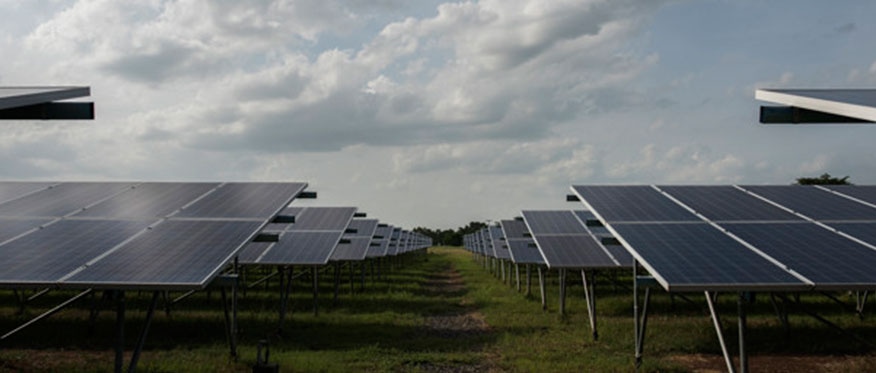The Role of Commercial Solar Landscape in India's Sustainable Development
Andrew Hines April 4, 2019 | Tuesday

The Growth of Solar Power in India
Until now, India has progressively moved towards achieving its solar targets. This is evident through the construction of large-scale solar farms in the country. The trend is likely to continue as India will soon be home to some of the largest solar farms in the world. These under-construction projects indicate a sense of mandate from the central and state governments to augment commercial solar capacities at the earliest.
Corporate Demand for Solar Power
Recent times have witnessed a surging demand for solar power from industrial giants and commercial consumers. While a growing number of multinational companies are giving their consent to use 100% renewable energy, some companies like Google and Apple have already successfully achieved this milestone.
In India, United Breweries powers majority of its breweries through wind and solar energy. The Bangalore campus of Adobe has also achieved 100% renewable energy use through a commercial solar power system. The fact that large corporates are eager to sign up for large volumes of commercial solar power is an indication that there is substantial latent demand for clean energy at an affordable rate.
Electricity Act, 2003
Typically, industrial and commercial consumers account for more than half of the power demand in the country. The Electricity Act, 2003 aimed at furthering the industrial and the commercial base of India. It did so by envisioning a market that allowed consumers to purchase power from private generators. This provision facilitated the growth of an agile, cost-effective, and receptive power generation industry.
Back in 2003, the use of solar energy for commercial buildings was non-existent. But the Electricity Act played the role of an enabler in promoting the growth of clean, renewable sources of energy. The Act, which gave many large consumers the freedom to choose a more affordable and reliable source of energy, now gives them the direction to pursue their sustainability goals.
As per the ‘Renewable Purchase Obligation’ mandated by the state, corporates are required to purchase a minimum of 10% of their total consumption in the form of renewable energy. However, these days companies are willing to extend their renewable energy purchases to 100%. Recent studies have concluded that electricity grids which account for more than 50% of renewable energy usage turn out to be technically viable for the consumers. Such a grid model assists corporates in lowering their average power costs in comparison to the standard power model. Furthermore, this type of grid model benefits the country socially and environmentally.
The industrial and commercial sector in India is willing to support this transformation into clean energy for its own benefit and for the betterment of society. Private, open-access solar parks can thrive only through a regulatory treatment that is reliable, predictable and allows for long-term commitment. If consumers and investors are unaware of how such projects will be treated in the long run or are not confident about the implementation of regulatory policies, they will be reluctant to sign up for long-term contracts; a necessity for financing such projects. Therefore, consumers should be provided with enough clarity and assurance when engaging in a deal such as this. If done right, the private solar park model will pave the way for achieving India’s renewable energy goals.